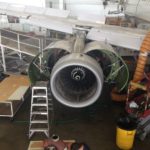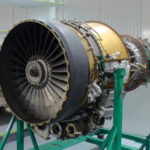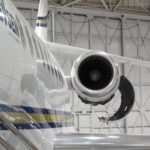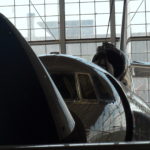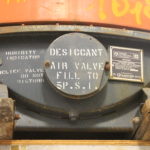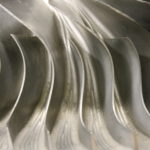Aviation Maintenance: You Can’t Fly Without It
Aviation maintenance work is performed by individuals as well as air carriers and repair stations. While owners and operators are ultimately responsible, maintenance (as well as design and fabrication work) is often contracted to individuals and repair stations certificated (i.e., approved, licensed) by the Federal Aviation Administration (and other aviation authorities).
To get a certificate – in any country – operators and maintenance providers must meet strict requirements defined in civil aviation regulations set by the country in which the aircraft is registered (for example, a U.S.-registered airplane (or helicopter, balloon, blimp, etc.) outside the United States is maintained under the FAA’s rules, regardless of where the work is performed). In order to keep it, they are subject to periodic inspections and audits by regulators, customers and external quality organizations not to mention their own quality assurance departments.
To learn more about “You Can’t Fly Without Us,” and to learn how industry members can make the best-possible use of the video to support their businesses, visit arsa.org/documentary. ARSA grants a non-exclusive license to those who wish to use “You Can’t Fly Without Us” for the exclusive purpose of promoting the aviation maintenance industry, including the right to distribute copies and to display publicly. ARSA reserves all remaining rights.
The FAA’s Guidebook to Aviation Maintenance
As the American federal agency responsible for overseeing the business of aviation in the United States, the FAA has a strong interest in the health of the industry’s workforce. As a tool for individuals considering a career in maintenance, the agency produced an advisory circular (AC) – the kind of document typically used to offer regulated entities methods for rule compliance – called “Overview of the Aviation Maintenance Profession.” The purpose of AC 65-30, as it is identified, is to describe the work of aircraft mechanics in a way that attracts the next generation of aviation maintenance professionals.
While noble in spirit, the AC is a technically-written document, not a moving call to action for potential technicians. The agency is currently in the process of updating it, though, and a team of industry trade associations have jointly submitted a suggested rewrite.
To review that document, and for more background on the issue, click here.
Skills in the Spotlight – the Aerospace Maintenance Competition (AMC)
Administered by the Aerospace Maintenance Council and championed by John Goglia, former member of the National Transportation Safety Board, AMC pits teams of aviation mechanics, technicians, engineers and students in a test of their combined abilities. The competition’s sole purpose is to raise awareness of the training and skills needed to provide safe and airworthy aircraft worldwide while providing a venue for maintenance students and professionals to celebrate their technical competency on a grand and public stage.
For competitors, the reward for their hard work is more than just a sightseeing trip and champion’s trophy; it’s a chance to demonstrate talent while connecting with colleagues and (for students) prospective employers.
For aviation businesses, the AMC is an invitation to meet the workforce of the future and celebrate service to the flying public worldwide. Through sponsorships, attendance and attention, the community can shine the spotlight on itself.
To learn more, celebrate the winners and see when the competition opens next, visit: www.aerospacemaintenancecompetition.com.
Lights. Camera. Aviation.
CNBC – Airplane Maintenance Worker Shortage


